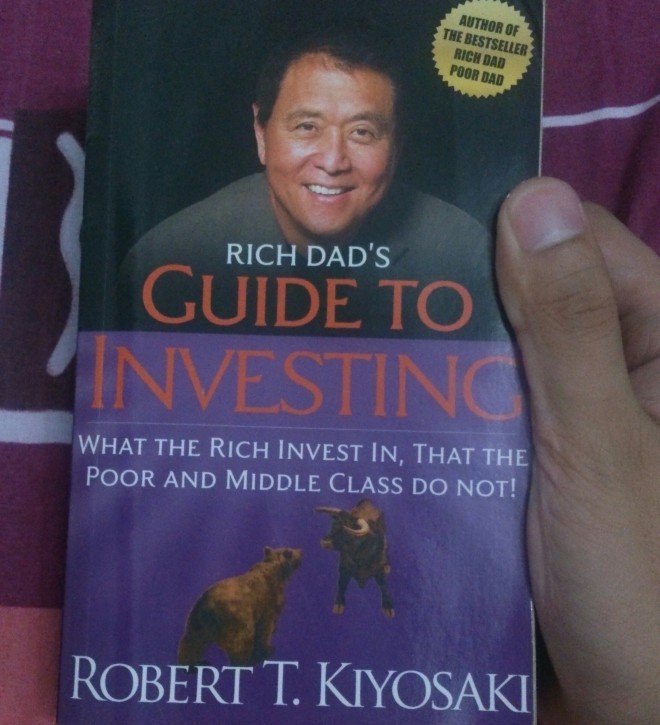
I have a lot of posts about this book. I am sorry if you are bothered or pissed off every time you see the same posts. This is something I have come up with in educating fellow bloggers and writers about the value of financial literacy. I may be a boring writer and I may have not given justice in giving out what is in store for those who are to read the book. It was my first time to give reviews, insights and reactions to a book on a written form. Normally, whenever I finish a book, I would be in awe, amazed, stunned, paralyzed and left on the book itself. The same feelings have been my reactions to this book so nothing is new actually except the learning and the burning desire to pursue entrepreneurship.
The conclusion part of the book discussed “why it no longer takes money to make money”. It discussed the transition from the agrarian age, industrial age and eventually to the information age. As the economy changes, more and more doors are opening for everyone to become rich and for now, in the information age, it was made easier. During the agrarian age in order for someone to get rich, he has to be born a royalty or get married to a royal blooded maid. It has changed though during the industrial age, as long as you have the facilities like a building, machinery and equipment that could produce a necessity, you would be rich. As long as you have the determination to realize your dreams and make it a reality, the door to become rich will be open for you. The best thing happened in the information age. Because of the internet, the opportunities have greatly increased. You do not need anymore the building and properties to start your business. All it takes is an idea that would work.
It no longer takes money to make money. An idea is sufficient enough to make money. As long as you had the idea, you can take the world by storm. I hope you enjoyed every chapter and learned something. This is the last post about this book but certainly not the last time that I will read it. It has been really a good read and I recommend that you read it too. There are now a few books I would want to read and I hope time would permit. Do you have some good books to refer for me to give two months or so to digest? Feel free to tell it on the comments and I hope it does not contain a lot of chapters. Thank you all and have a safe and blessed new year ahead of you!
NOTE: IF YOU MISSED THE EARLIER CHAPTERS HERE ARE THE LINKS:
- Introduction
- Chapter 1
- Chapter 2
- Chapter 3
- Chapter 4
- Chapter 5
- Chapter 6
- Chapter 7
- Chapter 8
- Chapter 9
- Chapter 10
- Chapter 11
- Chapter 12
- Chapter 13
- Chapter 14
- Chapter 15
- Chapter 16
- Chapter 17
- Chapter 18
- Chapter 19
- Chapter 20
- Chapter 21
- Chapter 22
- Chapter 23
- Chapter 24
- Chapter 25
- Chapter 26
- Chapter 27
- Chapter 28
- Chapter 29
- Chapter 30
- Chapter 31
- Chapter 32
- Chapter 33
- Chapter 34
- Chapter 35
- Chapter 36
- Chapter 37
- Chapter 38
- Chapter 39
- Chapter 40
- Chapter 41
- Chapter 42